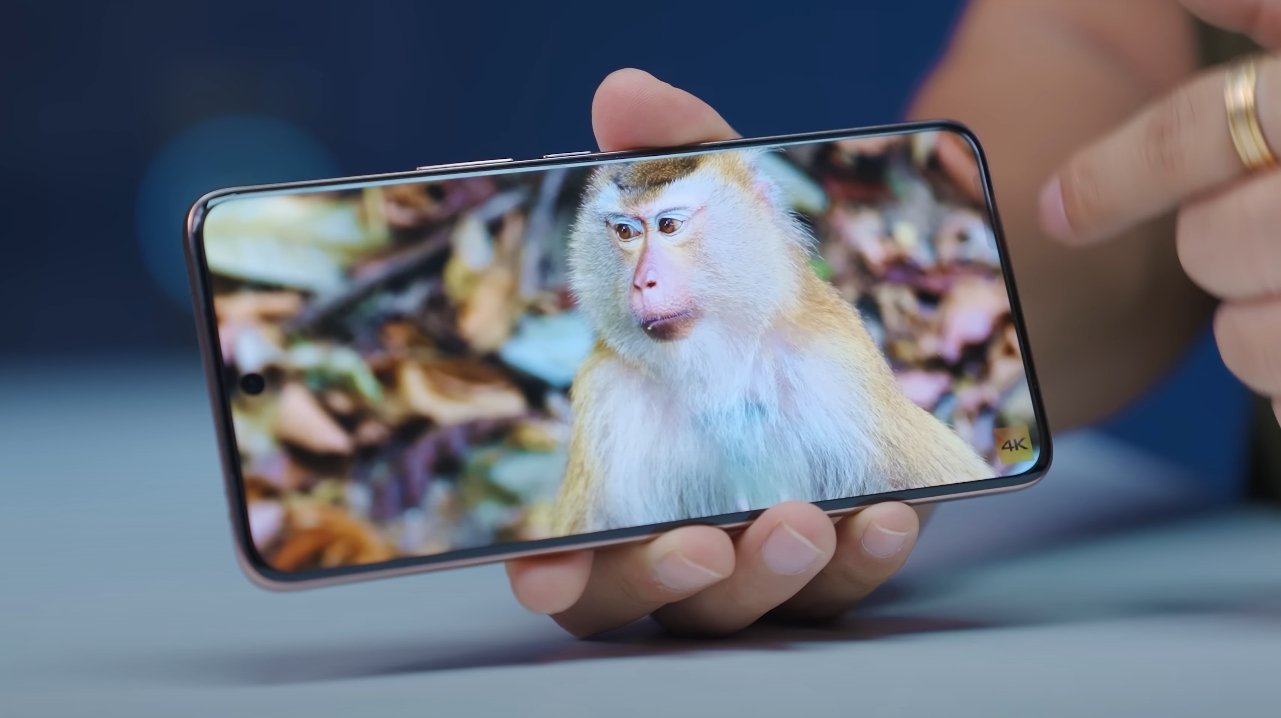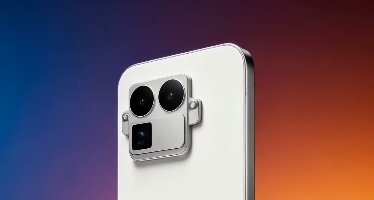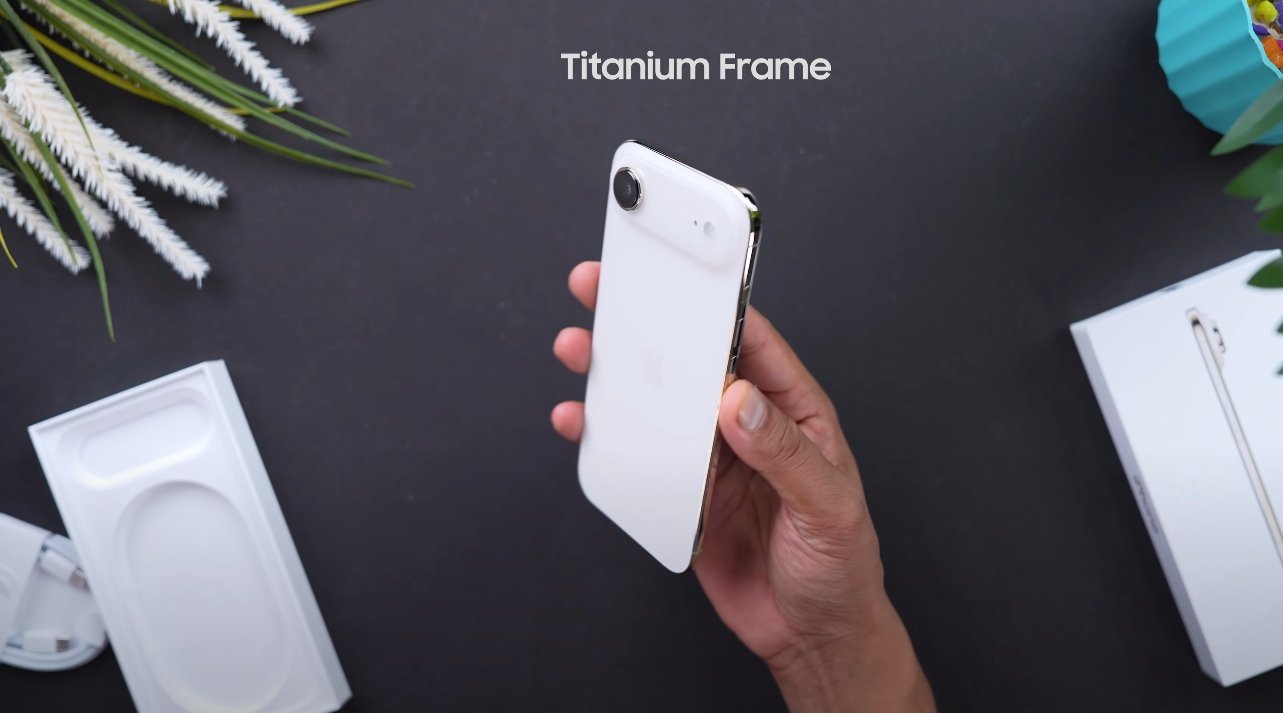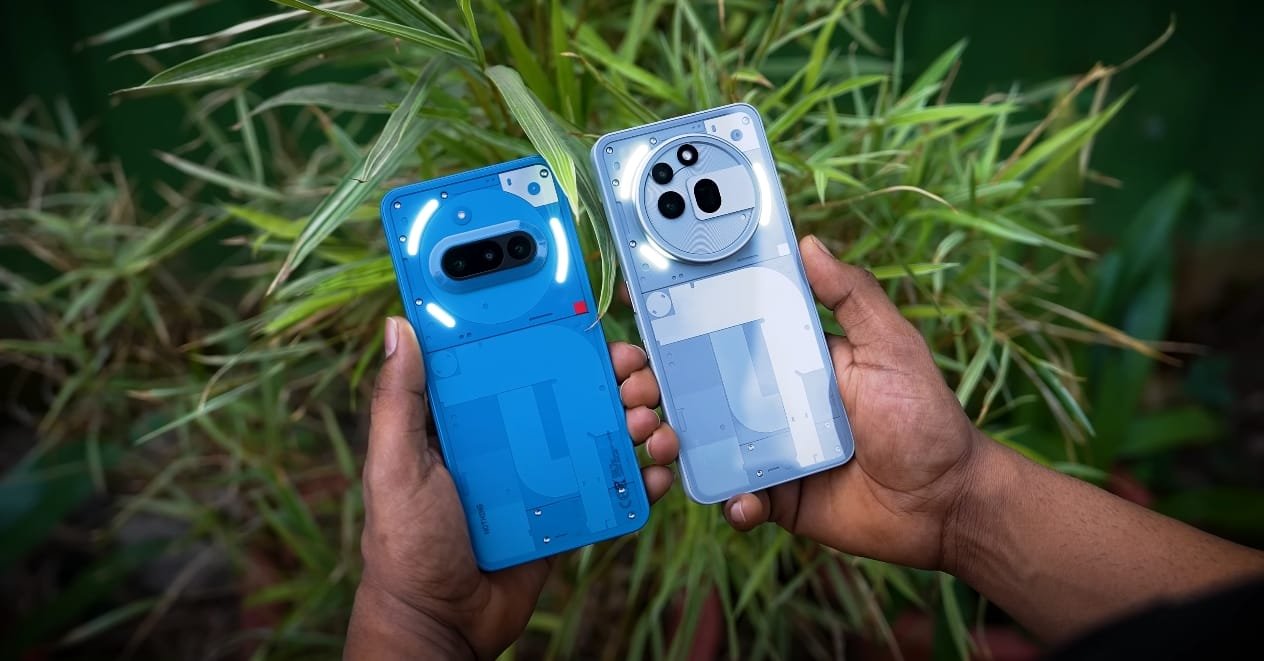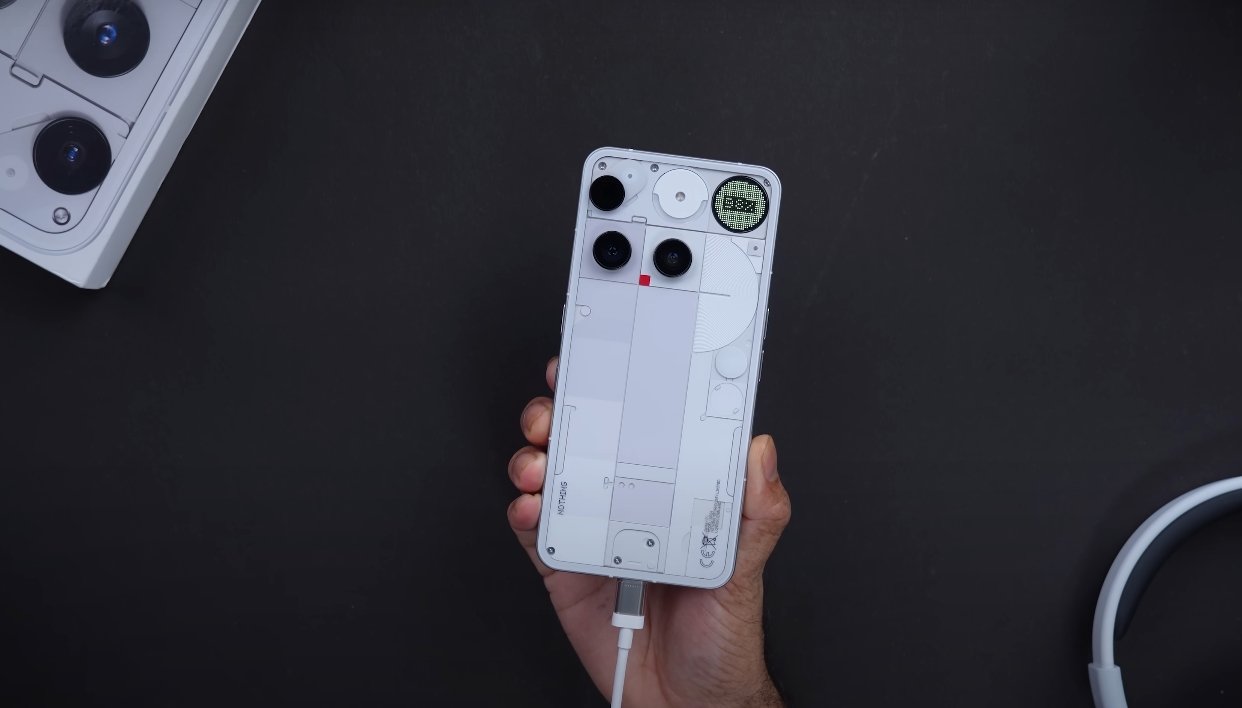Ultimate Flagship Comparison: Design, Power, and Performance
The smartphone market in late 2025 has seen a series of flagship battles, and three names are standing tall—Oppo Find X8 Ultra, OnePlus 12R, and Vivo X300 Pro. Each of these phones brings a different set of priorities to the table, ranging from raw camera performance to value-driven flagship power and ultra-fast charging. While all three deliver high-end experiences, their differences reveal which one fits best for different kinds of users.
Starting with design and build quality, the Oppo Find X8 Ultra clearly feels like the most premium of the trio. It carries a solid metal frame, glass back, and rugged construction with IP68 and IP69 ratings for dust and water resistance. Oppo has gone a step further by introducing higher durability standards, making it resistant to drops and high-pressure water exposure. The Vivo X300 Pro, on the other hand, takes a sleeker approach with a curved back and premium finish. It also features IP68 certification and feels lighter in hand compared to the Oppo. The OnePlus 12R keeps things simpler and more balanced — it’s sturdy and stylish, but designed to deliver flagship performance at a lower price, which means a few compromises in protection and materials.
When it comes to displays, all three models shine. The Oppo Find X8 Ultra sports a massive 6.82-inch LTPO AMOLED panel with QHD+ resolution and adaptive 120Hz refresh rate. Its flat design provides clarity and precision for professional users and gamers. The Vivo X300 Pro also comes with a bright and vivid 6.78-inch LTPO AMOLED screen with 1.5K resolution and impressive HDR brightness, giving it an edge in outdoor visibility. The OnePlus 12R, while slightly more affordable, still includes a 6.78-inch AMOLED panel with 120Hz refresh rate and excellent color calibration. In terms of brightness and HDR handling, Vivo pushes slightly ahead, while Oppo focuses more on consistency and battery efficiency through its adaptive refresh rate technology.

Performance is another major battleground. The Oppo Find X8 Ultra runs on Qualcomm’s Snapdragon 8 Elite processor, offering top-tier power for gaming, multitasking, and heavy applications. Paired with up to 16GB of RAM and 1TB of storage, it ensures smooth and fast performance even under heavy workloads. The Vivo X300 Pro uses the Snapdragon 8 Gen 3 chip, which provides similar performance but focuses on efficient power management and camera optimization. The OnePlus 12R may not use the latest flagship processor, but it still packs a high-end Snapdragon 8 Gen 2 chip that delivers solid day-to-day performance. While Oppo and Vivo dominate benchmark scores, OnePlus stands out as the most efficient performer for the price.
In the camera department, the Oppo Find X8 Ultra takes the lead in versatility. It features a quad-camera setup including a massive 1-inch primary sensor, an ultra-wide lens, and two periscope telephoto lenses offering 3x and 6x optical zoom. This setup provides exceptional zoom clarity, detailed low-light performance, and balanced color tones. The Vivo X300 Pro challenges Oppo with its unique 200MP telephoto lens, 50MP main sensor, and advanced image processing powered by AI. It offers remarkable zoom quality and accurate portrait effects, though its images sometimes appear slightly enhanced. The OnePlus 12R keeps things simpler with a triple-camera setup focused on color accuracy and HDR performance rather than extreme zoom or sensor size. In short, Oppo is the best all-rounder for serious photographers, Vivo is ideal for creative shooting, and OnePlus delivers reliable but less ambitious results.
Battery and charging performance reveal clear differences. Oppo packs a 6,100mAh battery that supports 100W wired and 50W wireless charging. This combination makes it a powerhouse for users who need long endurance and quick top-ups. Vivo’s 6,500mAh battery offers slightly more capacity but with 90W wired and 40W wireless charging, which is still impressive. The OnePlus 12R balances efficiency with 100W wired charging but skips wireless charging to keep its price lower. In real-world use, all three can easily last a full day, but Oppo’s balance of large capacity and fast charging speed makes it stand out.
Software experience varies between these flagships. Oppo uses ColorOS based on Android 15, offering deep customization and enhanced privacy tools. Vivo’s Funtouch OS, though polished, still adds a layer of extra features that may feel heavy for minimalists. OnePlus delivers OxygenOS, known for its clean interface and near-stock Android experience, which appeals to those who prefer speed and simplicity. In updates and long-term support, all three brands now promise extended OS and security updates, closing the gap between them.
Overall, the Oppo Find X8 Ultra stands as the ultimate feature-packed flagship, ideal for users who want the best hardware, superior zoom, and high durability. The Vivo X300 Pro focuses on cutting-edge camera technology and display brilliance, offering a great mix of innovation and elegance. The OnePlus 12R, meanwhile, continues its reputation as the smart choice for performance lovers who want a flagship feel without the premium price. Each of these phones succeeds in its own space, but Oppo’s combination of performance, durability, and camera excellence makes it the most complete flagship among the three.
Also Read: Apple iPhone Air 5G network compatibility in USA

